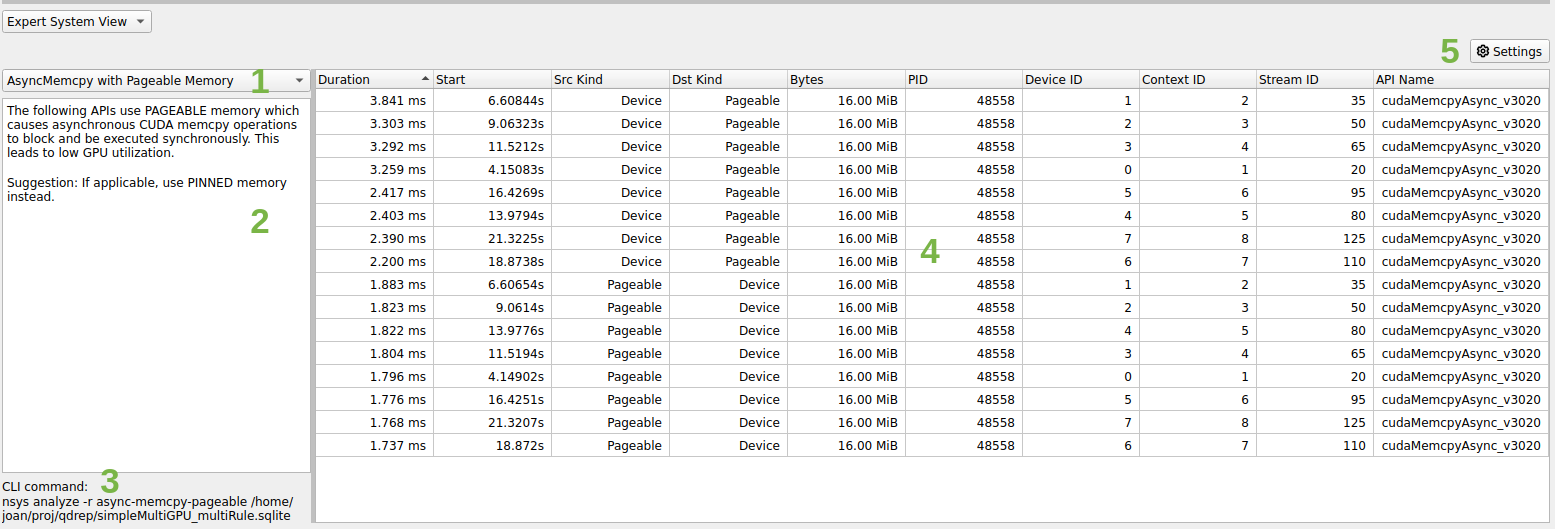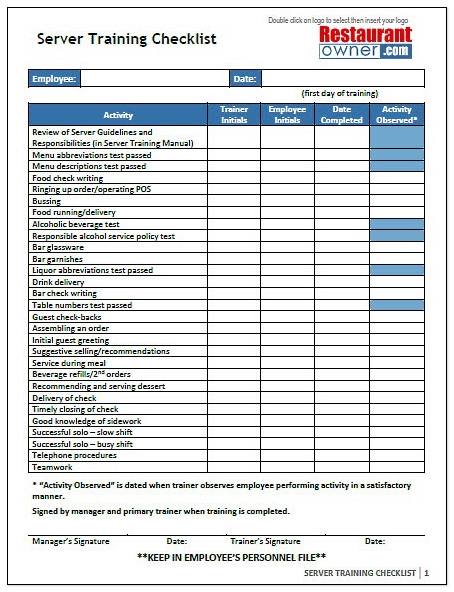

The curriculum includes eight lessons incorporating 27 activities. Healthy Classrooms, Healthy schools can also be ordered with companion books that have nutrition and physical activity themes tailored to individual grades, K-5. This curriculum includes two sets of supplemental lessons, one for grades K-2 and one for grades 3-5. Healthy Classrooms, Healthy Schools helps teachers transform their classroom and school into environments promoting healthy eating and physical activity. Booklets may be taught in any order or individually, following the lesson order within each booklet.


The booklets are designed to be taught in sequential order and follow a Day 1 to Day 5 Planning Chart. Use the kit to promote learning at home with fun parent/child activities and family-sized recipes that give tips for cooking with children. Each set of lessons contains: hands-on activities, planting activities, and nutrition education activities that introduce MyPlate. The kit includes seven booklets featuring fruits and vegetables with fun activities through the imaginary garden at Tasty Acres Farm! It also has a CD-ROM with Supplemental Information and a DVD with Cool Puppy Pup's Picnic and Lunch Parties. Grow It, Try, Like It! is a nutrition education kit Featuring MyPlate is a garden-themed nutrition education kit for child care center staff that introduces children to: three fruits - peaches, strawberries, and cantaloupe and three vegetables - spinach, sweet potatoes, and crookneck squash. The curriculum consists of nine core lessons, which are designed to be taught in order. While the materials could be used in larger groups, adult learning principles guide us toward smaller groups to encourage greater participant involvement and enhanced learning.

Helping them stay on-task in the classroom.Improving their memory, attention, and concentration.Increasing their level of physical activity.The Centers for Disease Control and Prevention outlines the following benefits of recess for students: Research shows that recess is more than just a break from classroom time - it helps students not only increase their daily physical activity promoting healthy growth and development, but also helps students practice social skills (e.g., cooperation, following rules, problem solving, negotiation, sharing, communication), positively engage in classroom activities (e.g., being on-task, not being disruptive), and enhance cognitive performance (e.g., attention, memory). Recess was a time to play with friends and socialize. When you think back to elementary school, recess is often a highlight of the day. This guide provides users with the tools they need to access public land for growing food, including: 1) opportunities to work with public agencies to identify and inventory suitable growing sites, and develop a process for partners to access these sites 2) common types of agreements that govern the relationship between food-growing groups and public entities, such as leases, licenses, and interagency agreements 3) common provisions in agreements, such as liability, utilities, maintenance, growing practices, contamination, access and security, and improvements 4) special issues related to growing food on school district property and 5) sample agreements from real-world urban agriculture projects on public land. Fresh, healthy food is just the beginning: growing food on public property can also promote civic participation, public safety, food literacy, job skills, and urban greening – in short, healthier, more vibrant places. Growing food on public property – from vacant fields, to schoolyards, parks, utility rights-of-way, and even the rooftops of public buildings – can yield a diverse crop of community benefits.


 0 kommentar(er)
0 kommentar(er)
